Creeptober Night 8: Carrie (1976)
Why is it so effective even after all these years?
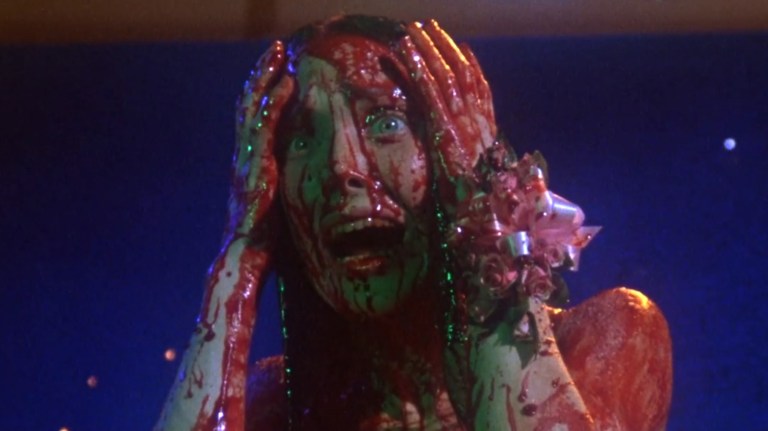
Table of Contents
Yesterday’s themes of body modification might not be accessible to a large portion of viewers, but the themes of tonight’s Creeptober choice are likely to be a lot more relatable. Tonight we watch Carrie, an all-time classic that tackles the subject of bullies (among other topics).
Reacting to Carrie
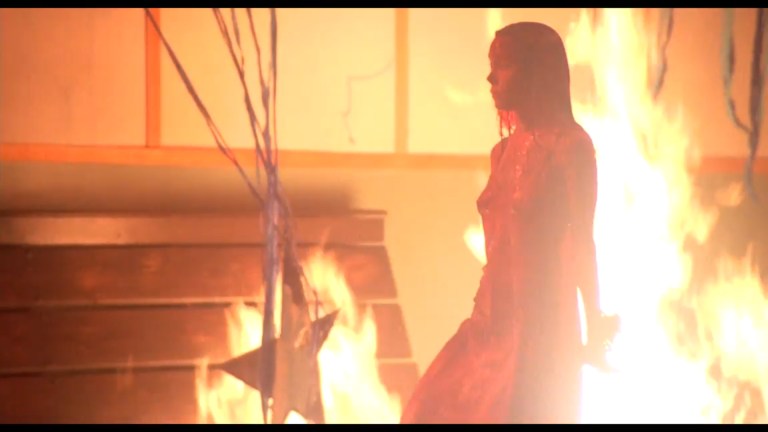
Carrie is a classic. It’s not a perfect movie, but its status as a highly influential piece of cinematic art is undeniable. On my latest viewing of the film for Creeptober, I tried to pay close attention to why it is so effective.
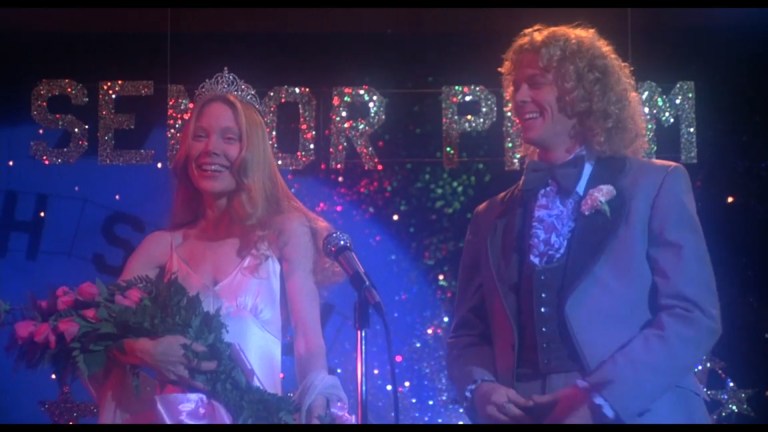
First is obviously the impact of the movie’s most famous image. Carrie standing on stage in her prom dress covered in blood is about as iconic as any image in horror. Even if you’ve never seen the movie, you surely know the image. It’s chilling, and it perfectly encapsulates the theme of lost innocence.
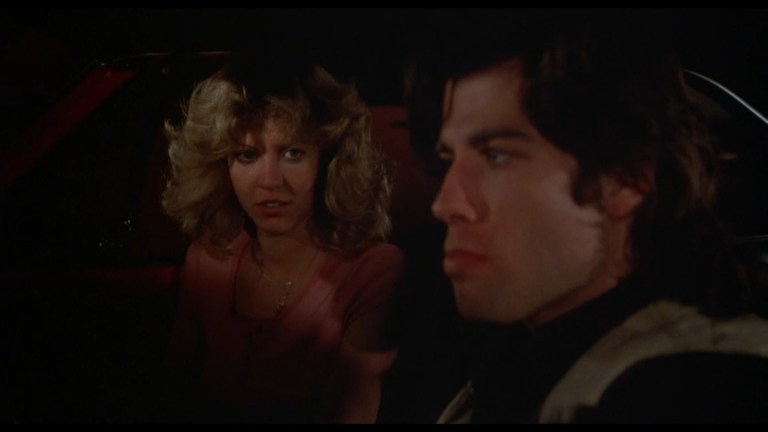
I was also struck with how rapid the pace of the movie feels. It’s been a while since I watched Carrie, and I’d forgotten how quickly the story moves the viewer along. The movie is almost 100 minutes long, but it feels much shorter than that. That’s a testament to how engrossing Brian De Palma makes each scene.
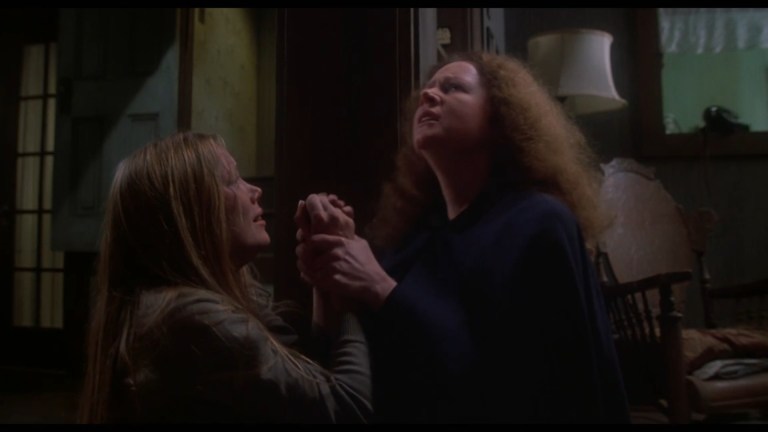
Carrie focuses strongly on building its characters, and they inhabit a story which has relatively few major plot points. The extra space afforded to the movie by not having to fit in too much plot allows De Palma to create a strong atmosphere of dread. We’re able to sit with Carrie as she gains confidence during prom. We’re forced to ride with Chris and Billy as they prepare for their prom-night plot. We know these threads are going to weave together, but De Palma stretches it out to excruciating lengths while still feeling like the overall movie has strong forward momentum. It’s a masterful feat.
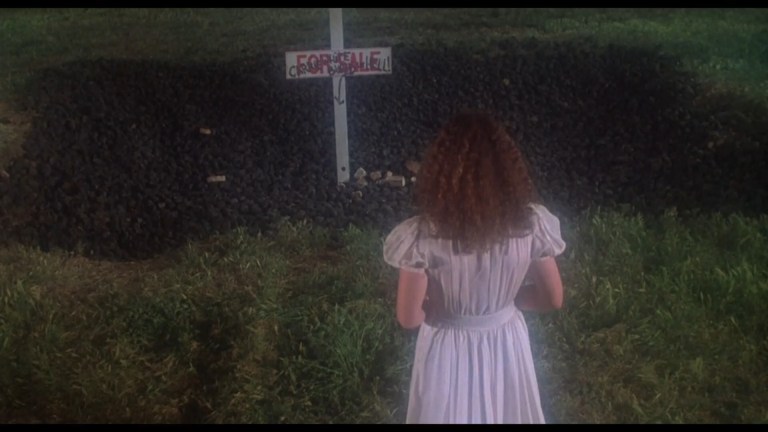
Also, the superb acting throughout the movie is a major factor in its effectiveness. Sissy Spacek and Piper Laurie were both nominated for Academy Awards for Carrie. Without their dedicated portrayals of Carrie and her mother, the film could have easily resulted in melodrama or camp. It’s not melodramatic though, nor is it campy. Carrie manages to unsettle viewers because the heart of the story is driven by well-defined characters brought to life through striking performances. It’s tragic because we get to care deeply for Carrie despite knowing where her story is headed. And it’s scary because some of its themes are timeless.
Carrie Trivia
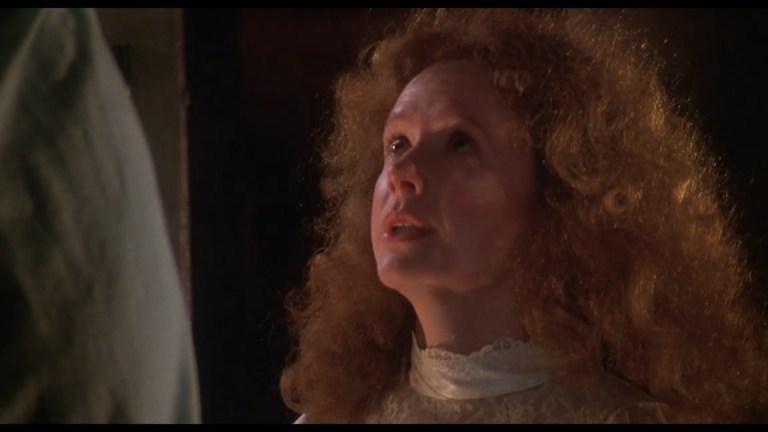
Piper Laurie only did two takes of her monologue when Margaret tells Carrie about how she was conceived. In an interview, Piper says that she thought the scene should be “as raw and real as possible,” so she didn’t even rehearse it. The first take had Brian De Palma in tears. She then did it one more time at the request of the director.

In the original script, the poem that Tommy reads in class was actually written by Sue.
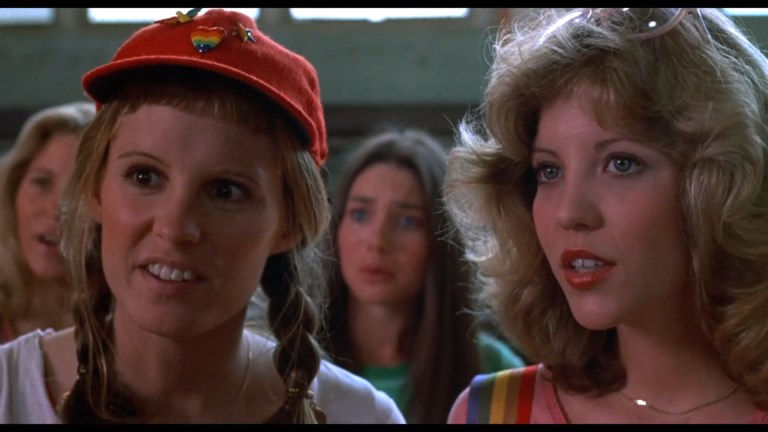
P.J. Soles, who plays the ball-capped Norma, had her ear drum ruptured during the prom scene. It happened when the water from the fire hose hit her in the head. She says that she blacked out when it happened, and that it was the worst pain she’s felt other than childbirth.
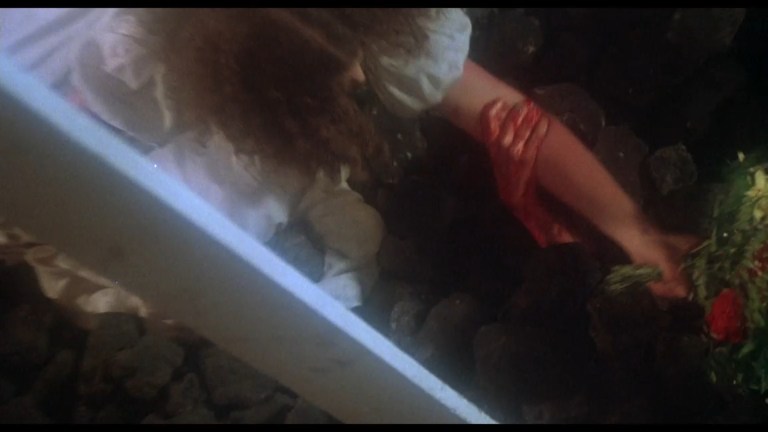
That’s actually Sissy Spacek’s hand reaching up to grab Sue in the dream sequence at the end of the movie. Brian De Palma wanted to use a stunt double, but Sissy insisted that she do it herself.
